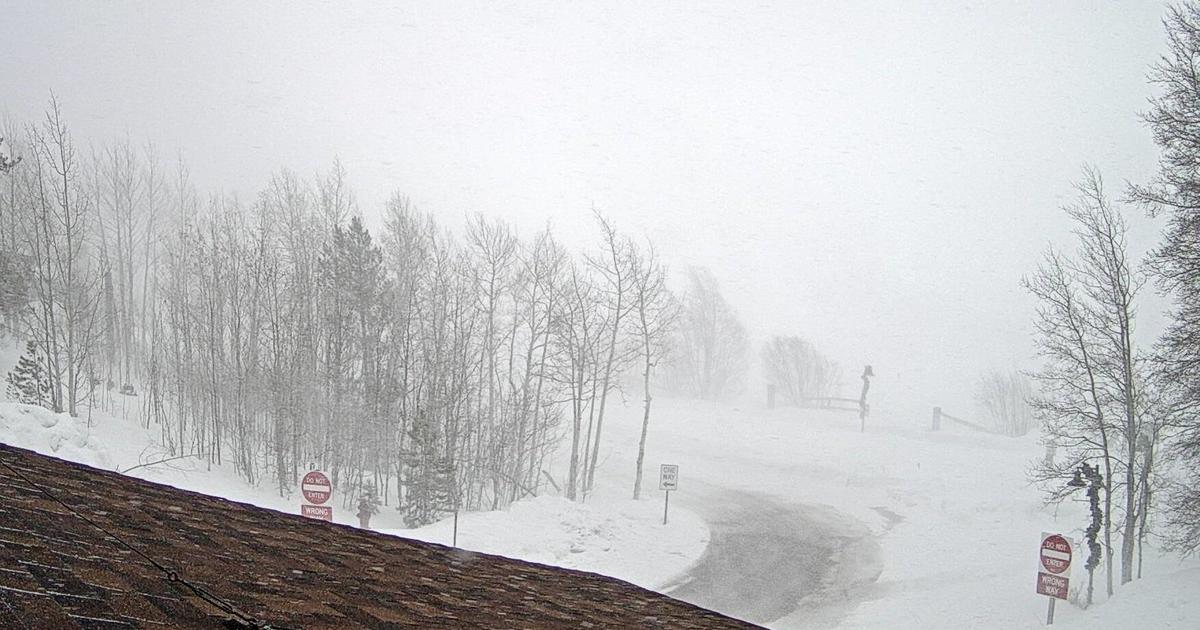Snow squall warnings were issued in several states. What to know about the weather phenomenon

As a dangerous winter storm makes its way across the country, thousands of flights have been canceled and millions of people from the Pacific Northwest to the Northeast are facing winter weather warnings. These warnings include blizzard, ice storm, high wind and even snow squall warnings.
In Colorado, snow squalls developed in the San Luis Valley and moved along the Interstate 25 corridor Wednesday, prompting warnings near Alamosa, Trinidad, Pueblo and Colorado Springs. Further north, Boulder, Fraser and Silverthorne were issued snow squall warnings as well.
In New Mexico, snow squalls also moved east across the state.
More snow squalls were expected throughout Wednesday evening as the storm system continued to track east, according to the National Weather Service.
What is a snow squall?
According to the National Weather Service, a snow squall is “an intense short-lived burst of heavy snowfall that leads to a quick reduction in visibilities and is often accompanied by gusty winds.”
Unlike a snowstorm, which can last for many hours or even days, snow squalls occur in quick, intense bursts, the National Weather Service said. A snow squall usually only lasts between 30 and 60 minutes.
The service warned that snow squalls can bring “sudden whiteout conditions” as well as “slick roadways” that can lead to traffic accidents.
“Although snow accumulations are typically an inch or less, the added combination of gusty winds, falling temperatures and quick reductions in visibility can cause extremely dangerous conditions for motorists,” the service wrote on its website. “Unfortunately, there is a long history of deadly traffic accidents associated with snow squalls.”
What is a snow squall warning?
According to NWS, a snow squall warning is an alert indicating that a snow squall is about to hit a particular area. Similar to tornado and severe thunderstorm warnings, snow squall warnings are “short-fused and focused on distinct areas.” The NWS suggests avoiding motor travel in any area where a snow squall warning is issued until the squall passes. For those already on the road, the weather service says to reduce speed while the squall hits.
[ad_2]
Share this news on your Fb,Twitter and Whatsapp
Times News Network:Latest News Headlines
Times News Network||Health||New York||USA News||Technology||World News
